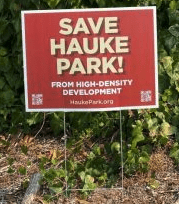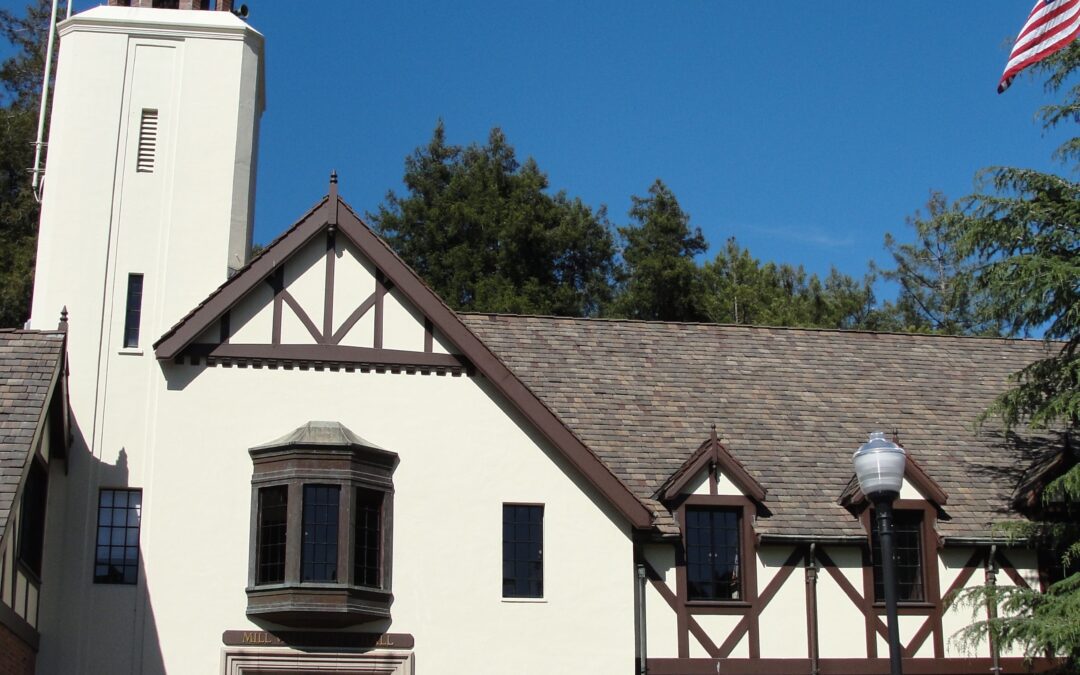
Two weeks ago, the Mill Valley City Council approved an agreement with EAH Housing and allocated funds from the city’s affordable housing trust to support pre-development activities like community outreach for a project that would seek to create more housing opportunities for people who work in Mill Valley or would like to live here but cannot afford to do so.
The council did so under the written threat of litigation from Soluri Meserve on behalf of the Friends of Hauke Park, a move seemingly designed to halt a project that hasn’t yet reached the phase of community outreach via a series of community workshops on the project, set to begin in mid-March, focusing on issues like the need to relocate the property’s existing restrooms, electric charging stations and public parking of up to a total of 50 public parking spaces, among others.
Neighbors of the possible project at 1 Hamilton Drive have pushed City officials to explore other neighborhoods and housing opportunities before doing so in their part of town, which has a history of multi-use and some affordable developments.
Councilmembers have countered that the Hamilton Drive site shows the most promise as a City-owned parcel in proximity to transit corridors and commercial areas, but that all other options are on the table. “This is not going to be the only site we will look at for affordable housing,” Councilmember Urban Carmel added in September, noting that other sites, like the Edgewood Reservoir, the Miller Avenue commercial corridor and areas around the Mill Valley Golf Course and Boyle Park tennis courts, are potentially on the table.
All of the back and forth is happening as city officials continue their work on the process of creating a new Housing Element for years 2023-2031, a long-term, state-mandated process under the specter of ABAG’s Regional Housing Needs Allocation that calls for an eye-popping increase in the number of units to be planned for by the city, from 129 units in the 2014-2022 cycle to 865 units in 2023-2031. City officials have made it clear that they are serious about pulling every lever possible to create the conditions that would significantly expand on the approximately 6,670 current housing units and support the amount of additional housing for which they’re on the hook, according to ABAG.
With all that in mind, the Marin Independent Journal‘s editorial board this week called for neighborhood opponents to answer this question: “If residents opposed to building a portion of that quota don’t want them on the city’s 11 acres, where should the development take place? The answer to that question is a lot harder than saying ‘no’ to anything that’s proposed.” Ed. note: The City-owned parcel is indeed 11 acres, but City officials and EAH are targeting a 1.6-acre portion of that parcel for the development. No proposed development exists yet, however, so the exact size remains undetermined.
The Editorial Board points out that while the possible size of the 1 Hamilton Drive property could be in the 40-unit ballpark, that density is far less by comparison to the San Rafael City Council’s recent approval of plans to build a 192-unit apartment complex on 10 acres. “State lawmakers have shown little interest in backtracking from their pro-development measures,” the board wrote. “In fact, during debates in Sacramento, Marin’s history of opposing development was often cited as one of the causes of the state’s housing crisis.”
“If local residents want to fight Sacramento, they need to go there, not Mill Valley City Hall to wage that uphill political battle,” the board wrote. “The City Council is taking the right approach in seeing if there is a design and scope that can go a long way in answering critics’ objections. Those opposed to losing part of Hauke Park or city-owned land for development should also get involved in the city’s work in coming up with sites where there is a realistic opportunity to build housing, preferably those that are affordable. If 1 Hamilton Drive isn’t a good fit, where are Mill Valley sites that are?”

